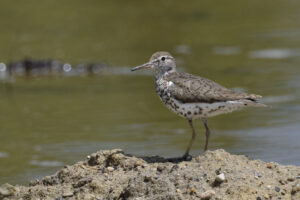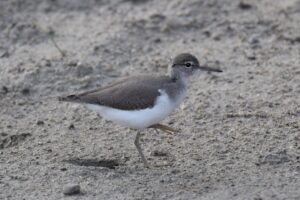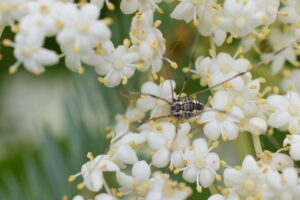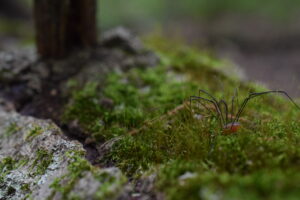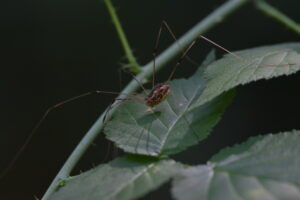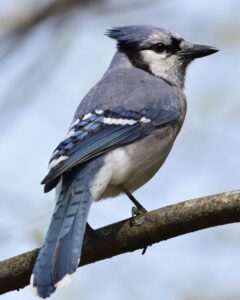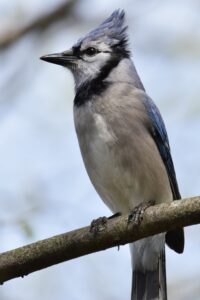A couple of unusual and interesting moths in my area are the closely related hummingbird and snowberry clearwing moths. Both fly during the daytime, and hover in front of flowers they visit in a way that resembles a hummingbird sipping nectar. They also (as their name implies) both have large clear patches on their wings.
When I first spotted one of these moths (years ago now) I identified it as a snowberry clearwing. After that I began to assume all the large, clear winged moths I saw were the snowberry clearwing, but recently, going through and trying to identify various things I’d photographed, I realized I couldn’t remember what the difference between the two species was. I looked them up again, and realized that I’ve actually seen and photographed both (and there are actually a couple more less common species I haven’t seen).
The most obvious difference between the two species is that the snowberry clearwing has a black stripe running through the white patch on the head and ‘chest’ that meets the front pair of legs, which are also black, while on the hummingbird clearwing that patch and the front pair of legs are all consistently white. There are some subtle differences in the wings of the two species, but otherwise, both show a fair amount of variety in their colors and markings.
Though I think I’ve seen the snowberry clearwing most often, the best pictures I’ve gotten yet are of the hummingbird clearwing. But whichever species they are, they’re always beautiful and fun to see.
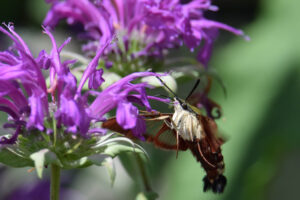
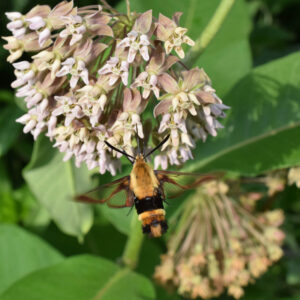
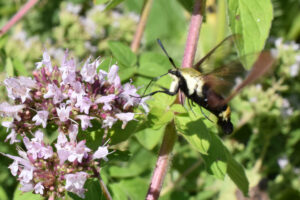
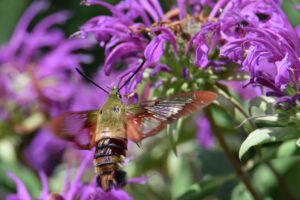
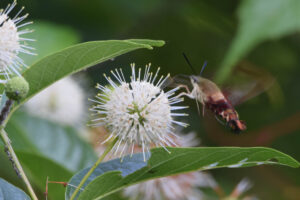
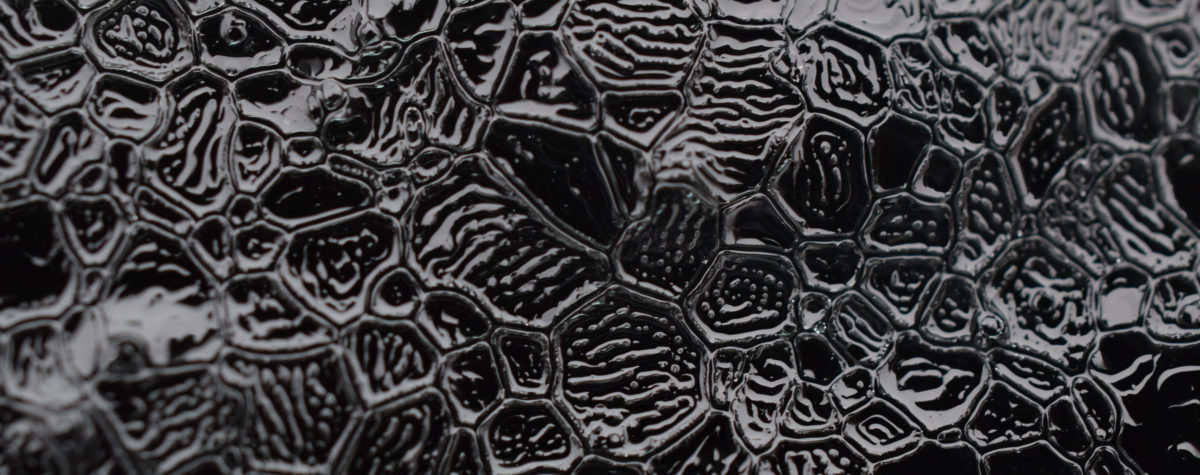
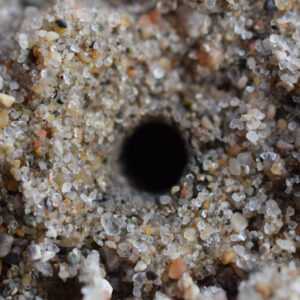
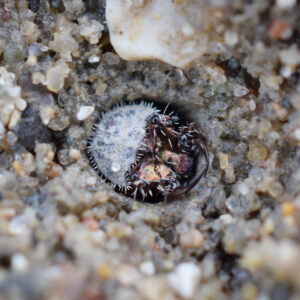
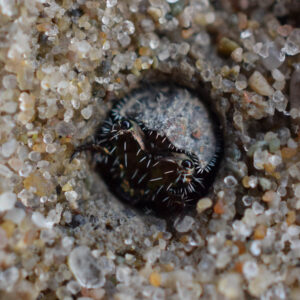
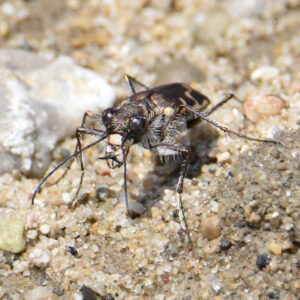
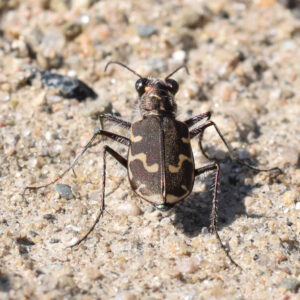
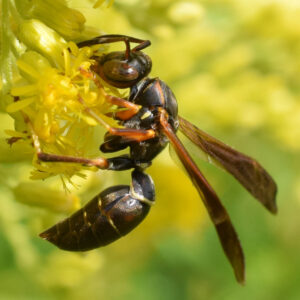
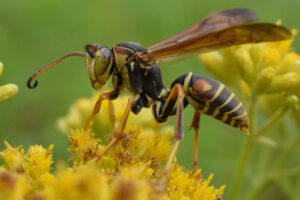
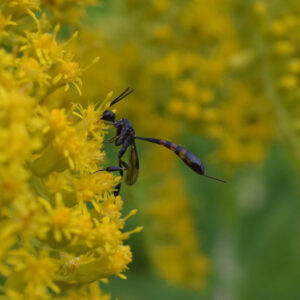
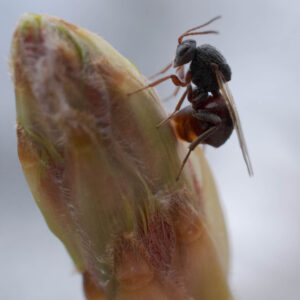

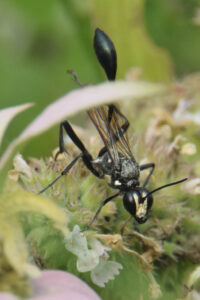
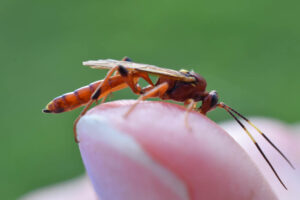

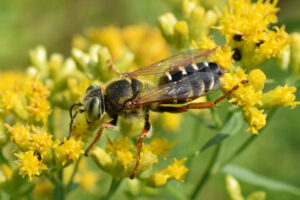
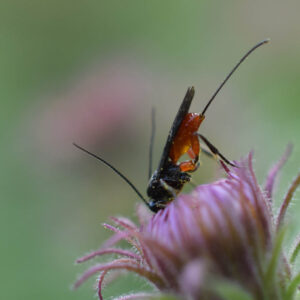

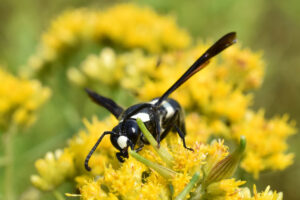
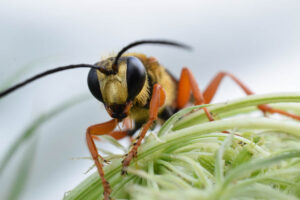
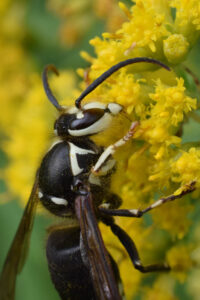
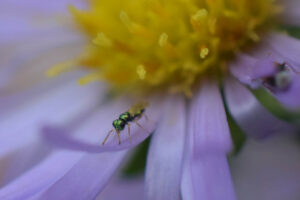
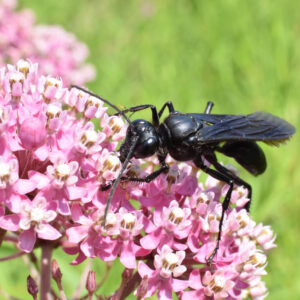


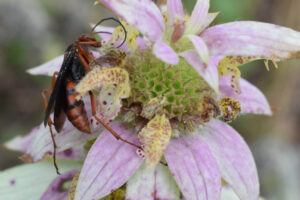
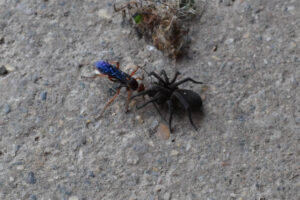

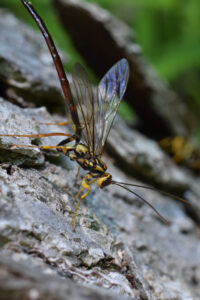
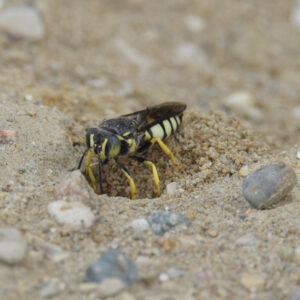
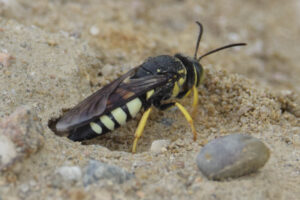
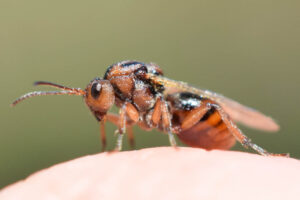


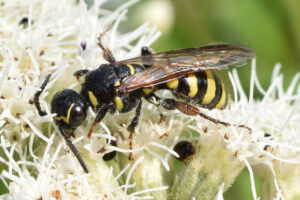
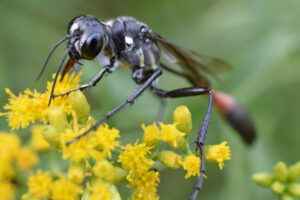
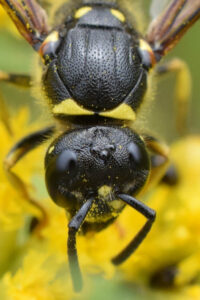
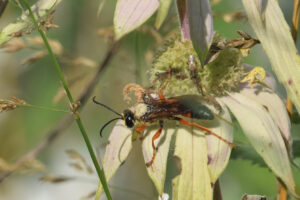
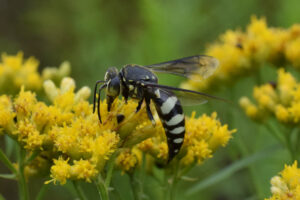
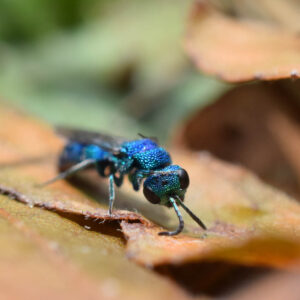
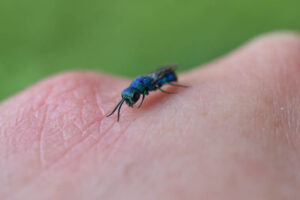
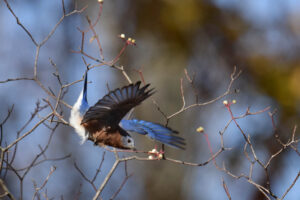
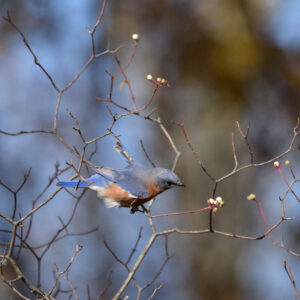
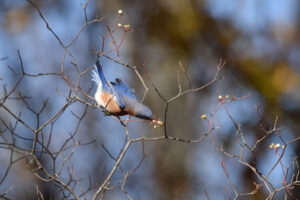
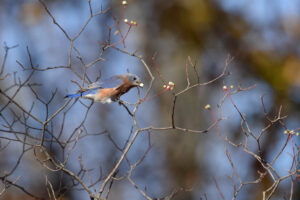

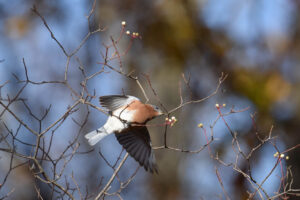
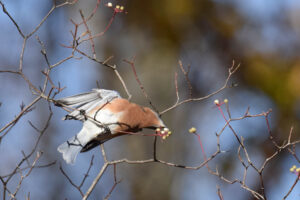


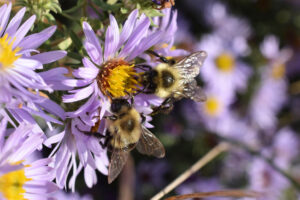
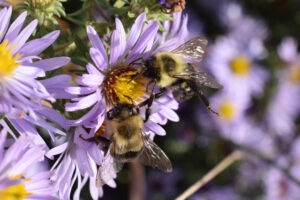

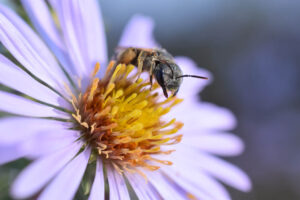
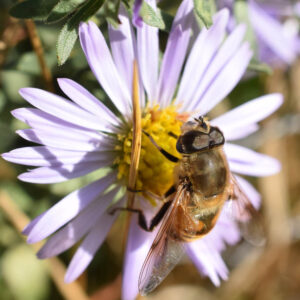

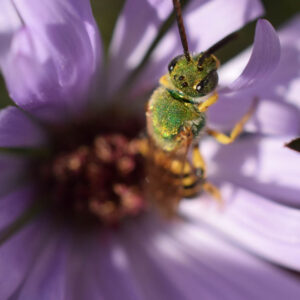
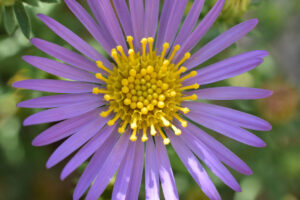
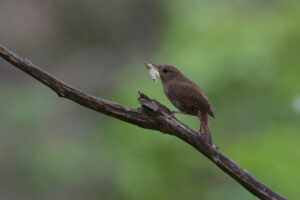
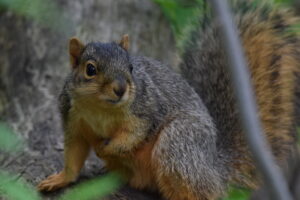
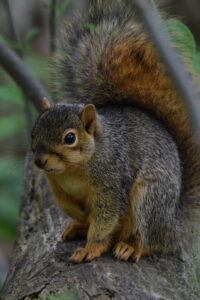
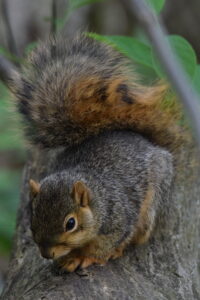

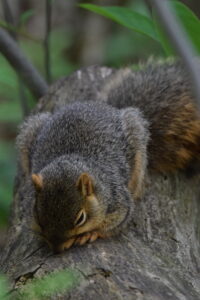
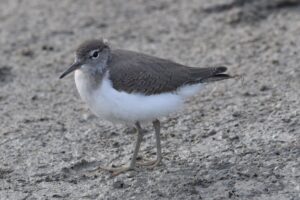 This little sandpiper landed not too far from me while I was out with my camera one day. I didn’t immediately recognize this as a species I’d seen before because it looks quite a bit different from the last one I photographed:
This little sandpiper landed not too far from me while I was out with my camera one day. I didn’t immediately recognize this as a species I’d seen before because it looks quite a bit different from the last one I photographed: